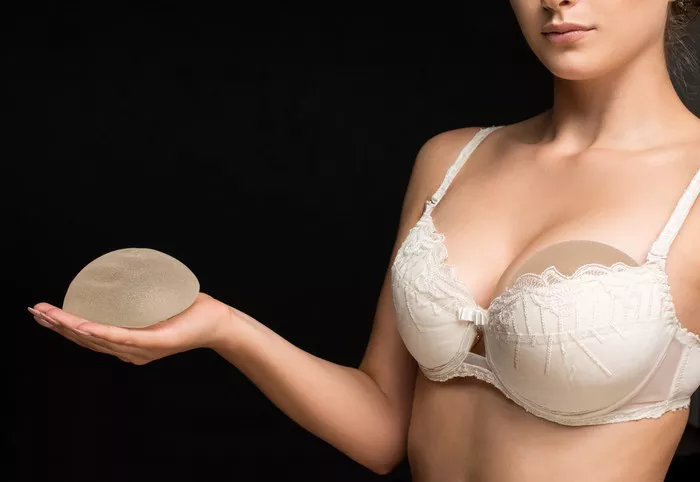Breast enlargement has been a subject of interest for many women seeking to enhance their physical appearance and self-confidence. While breast augmentation surgery using implants is a well-known option, some individuals may prefer non-surgical alternatives due to personal reasons or medical considerations. In this article, we will explore various non-surgical methods claimed to enlarge breasts and examine their effectiveness, safety, and limitations.
Breast Massage and Exercises
One non-surgical approach to potentially enhance breast size is through breast massage and exercises. Proponents of this method claim that massaging the breasts regularly stimulates blood flow and promotes the production of hormones that can result in mild breast enlargement. Specific exercises that target the chest muscles may also contribute to the appearance of larger breasts.
While breast massage and exercises can improve muscle tone and firmness, their impact on actual breast size enlargement is limited. The breasts primarily consist of fatty tissue, and non-surgical techniques cannot significantly increase the amount of fat tissue, which is necessary for noticeable size augmentation.
Herbal Supplements and Pills
Herbal supplements and pills are another non-surgical alternative believed to promote breast enlargement. These supplements typically contain a blend of plant-derived ingredients, such as fenugreek, fennel seeds, wild yam, and saw palmetto. Advocates claim that these herbs have estrogen-like properties, which may influence breast size.
However, scientific evidence supporting the effectiveness of herbal supplements for breast enlargement is scarce. The FDA does not regulate these products as strictly as medications, and there is a lack of rigorous clinical studies to validate their claims. Moreover, some herbal supplements may interact with other medications or cause adverse reactions, so consulting a healthcare professional before use is essential.
Hormone Therapy
Hormone therapy involves the administration of hormones, like estrogen and progesterone, to mimic the hormonal changes that occur during puberty and pregnancy. It is believed that these hormonal changes can stimulate breast tissue growth, potentially leading to a modest increase in breast size.
Hormone therapy should only be considered under the guidance of a qualified healthcare provider. Self-administered hormones can have serious side effects, and not everyone is a suitable candidate for this type of treatment. Additionally, the long-term safety of hormone therapy for non-medical reasons remains uncertain.
Vacuum Suction Devices
Vacuum suction devices, also known as breast pumps, are marketed as non-surgical breast enlargement solutions. These devices create a vacuum around the breasts, purportedly increasing blood flow and stimulating breast tissue expansion.
While some users may report temporary swelling or engorgement after using breast pumps, the effects are not permanent, and repeated use is necessary to maintain any changes. It’s crucial to use these devices with caution, as excessive or improper use can cause tissue damage and lead to negative outcomes.
Padded Bras and Shapewear
A non-permanent and less invasive approach to achieve the appearance of larger breasts is through the use of padded bras and shapewear. These undergarments are designed to add volume and lift to the breasts, creating the illusion of a fuller bustline.
Padded bras and shapewear are safe and easily accessible options for women seeking a temporary enhancement. They can provide a confidence boost and a sense of satisfaction with one’s appearance without the commitment and risks associated with surgical procedures.
Conclusion
While many non-surgical methods claim to enlarge breasts, it’s essential to approach such claims with a critical mindset and manage expectations realistically. Non-surgical approaches may offer mild improvements in breast appearance or size, but significant and permanent enlargement is unlikely. Additionally, the safety and effectiveness of these methods vary widely, and some may carry potential risks or side effects.
For individuals considering breast enlargement, it is crucial to consult with a board-certified plastic surgeon or a qualified healthcare professional. They can provide personalized advice, discuss surgical and non-surgical options, and help determine the most appropriate approach based on individual goals, medical history, and lifestyle preferences. Remember that each person’s body is unique, and what works for one individual may not work for another.


